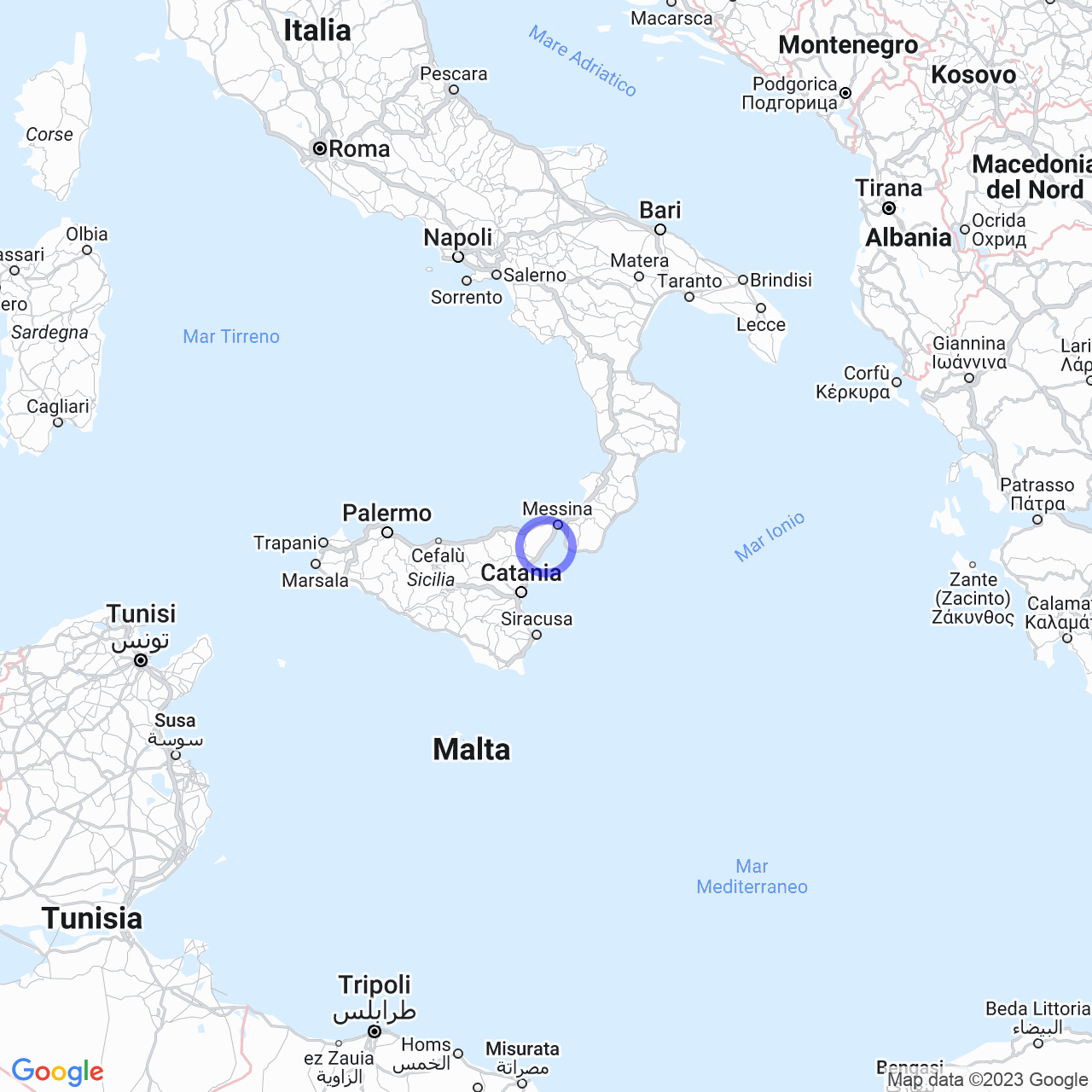Roccalumera
Roccalumera: History and Beauty
Welcome to Roccalumera, a municipality in the metropolitan city of Messina in Sicily, where history intertwines with beauty. This small town of 3906 inhabitants is famous for being the birthplace of poet Salvatore Quasimodo, Nobel Prize winner for Literature in 1959. But let's discover the history of Roccalumera, from its origins to the 18th century.
From origins to the 16th century
Throughout the Middle Ages and until the 17th century, the territory of Roccalumera was divided between the two baronies of Savoca and Fiumedinisi. The southern part of the town belonged to Savoca, while the rest was under the political and administrative jurisdiction of Fiumedinisi. In 1540, King Charles V granted the mines near the "bosco di San Michele", which was part of the Barony of Fiumedinisi, to the Viceroy of Sicily, Don Ferdinando Gonzaga. The Ficara Tower, also called Zi Paola, was located in the southern part of the town and was part of the coastal towers of Sicily. In 1613, Giovanni La Rocca married Isabella Lanza Abbate, widow of the Baron of Fiumedinisi Antonino Romano Colonna Statella. Isabella brought with her as a dowry the "bosco di San Michele", which was unified with the mines already owned by the La Rocca family. This is how the nucleus of Roccalumera was formed, whose name derives from Roccae Alumeriae, meaning "Rocca of Alume". This nucleus corresponds to the current Allume and can be considered the historical center of Roccalumera. However, it is hypothesized that this village already existed before 1610, as there was a church in Byzantine style dedicated to Saint Michael the Archangel, probably dating back to 1100/1200. At the end of the 16th century, there were 115 houses in "Allume", so it is assumed that at least 350/400 inhabitants lived there in that period.

17th-18th century
From 1613 to 1816, the "Terra di Rocca Alumarie" was a marchese subject to the mere and mixed empire of the "La Rocca" family, nestled between the "Terra di Savoca" to the south and the "Barone di Fiumedinisi" to the north. During the anti-Spanish uprising of Messina in 1674/1678, the town of "Rocca Alumarie" was placed under the military supremacy of Savoca, while remaining in the possession of the La Rocca family. In the 17th century, the Matrice di Roccalumera was built, which is the seat of the homonymous Archpriesthood dedicated to Our Lady of the Rosary, which in 1674 was proclaimed the main patron saint of the city.
The beauty of Roccalumera
Today, Roccalumera is a town where beauty blends with history. The Mother Church of San Michele Arcangelo stands in the center of the town and features a beautiful neoclassical bell tower. Inside, you can admire precious frescoes and decorations in Baroque style. On the main square stands the statue of the poet Salvatore Quasimodo, which embodies the meaning of the history of Roccalumera. Not far from the historic center, you can visit the Ficara Tower, built in the 16th century to guard the rocky coast.
But Roccalumera is not just history and beauty, but also food and traditions. The flavors of Sicilian cuisine merge into local gastronomy, where you can taste typical dishes of the area such as fresh swordfish, gratinated mussels, roasted blue fish, and escarole pizza. But not only that: Roccalumera is also famous for the production of alume, whose extraction dates back to ancient Rome and which was used as an antiperspirant.
Conclusions
In conclusion, we will visit Roccalumera to discover its history and beauty, admiring the Mother Church of San Michele Arcangelo, the Ficara Tower, and the statue of Salvatore Quasimodo. But we will not forget to taste the typical dishes of the town and to discover the tradition of alume production, a typical product of Sicily that dates back to ancient Rome. Roccalumera, between history and beauty, will conquer the heart of every visitor.
